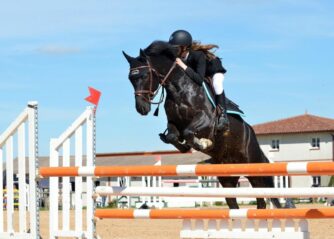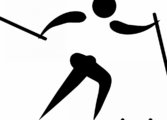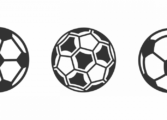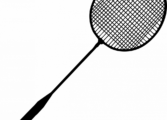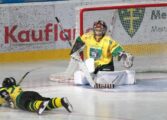Curling-VM damer: En Översikt och Analys av En Spännande Sportsgren
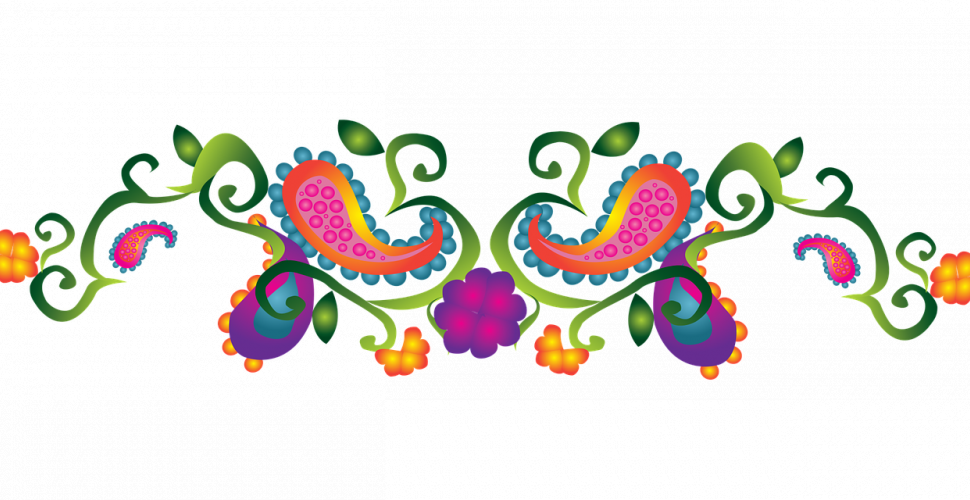
Curling-VM Damer: En översikt och analys av en spännande sportsgren
Introduction:
Curling has gained significant popularity in recent years, and the Women’s World Curling Championship, commonly known as ”Curling-VM (Women’s Curling World Championship) Damer,” holds a special place in the hearts of both players and fans. In this article, we will provide a comprehensive overview of Curling-VM Damer, including its types, popularity, quantitative measurements, and how it differs from other curling competitions. Additionally, we will explore the historical pros and cons of various Curling-VM Damer events. Let’s dive into this incredible world of women’s curling championships.
A Comprehensive Presentation of Curling-VM Damer

Curling-VM Damer: What Is It?
Curling-VM Damer is an annual international curling tournament exclusively for women’s teams. It brings together the best female curling teams from around the globe to compete for the prestigious world championship title. The event is governed by the World Curling Federation and has been held since [INSERT YEAR]. Curling-VM Damer showcases the exceptional skills, strategy, and teamwork of the participating athletes, mesmerizing fans with its incredible moments of precision and finesse.
Types of Curling-VM Damer
There are several types of Curling-VM Damer events, each offering its unique format and challenges. These include the round-robin format, where teams compete against each other to accumulate points and qualify for the playoffs. The page playoff system is another popular format, ensuring a fair chance for all teams to progress to the final stages. Other variations may include mixed doubles curling, where teams consist of two players, and the team championship, where the focus is on overall team performance rather than individual skills.
Popularity and Global Reach
Curling-VM Damer has gained immense popularity in recent years, with a growing fan base and increased media coverage. The championship attracts spectators from all corners of the world, creating a vibrant and exciting atmosphere for the players and fans alike. Countries with a strong curling tradition, such as Canada, Sweden, and Switzerland, have been dominant forces in Curling-VM Damer, showcasing their prowess on the international stage.
Quantitative Measurements of Curling-VM Damer
Measuring Success: Key Metrics in Curling-VM Damer
To assess the performance and impact of Curling-VM Damer, several key metrics can be used. These include team standings, overall shooting percentages, and stone placement percentages. Team standings are determined by factors such as wins, losses, and tiebreakers during the tournament. Shooting percentages measure the accuracy and precision of each player’s shots, providing valuable insights into their individual skills. Stone placement percentages highlight a team’s ability to strategize and position stones effectively, a crucial aspect of curling.
Trends and Evolving Statistics
Over time, statistical analysis has played an increasingly significant role in understanding the dynamics of Curling-VM Damer. Advanced metrics, such as the percentage of successful takeouts or in-turns, have allowed teams and coaches to fine-tune their strategies and improve performance. Moreover, technological advancements, including specialized sensors and tracking systems, have revolutionized data collection during matches, enabling more detailed analysis and providing fascinating insights into the sport.
How Curling-VM Damer Differs from Other Competitions
Distinctive Factors of Curling-VM Damer
Curling-VM Damer stands out from other curling competitions due to several key factors. Firstly, it exclusively focuses on women’s teams, providing a platform for female athletes to showcase their skills and compete at the highest level. This spotlight on women’s curling has contributed to its growing popularity and enhanced opportunities for aspiring female curlers worldwide. Additionally, Curling-VM Damer exhibits diverse strategies and styles of play, influenced by the unique strengths and approaches of each team.
Historical Overview of Pros and Cons
Pros of Curling-VM Damer Evolution
Since its inception, Curling-VM Damer has witnessed remarkable growth and positive changes. The increased professionalism, both on and off the ice, has elevated the standards of the championship. Accessibility to the sport has improved, attracting more diverse talent and expanding the global reach of women’s curling. The inclusion of mixed doubles curling and alternative formats has also injected fresh excitement into the championships, captivating a wider audience.
Cons and Challenges Faced
While Curling-VM Damer has experienced significant progress, certain challenges remain. Limited media coverage and funding disparities between men’s and women’s curling continue to hinder the overall advancement of the sport. The need for greater recognition and equal opportunities for women in curling is an ongoing discussion within the curling community. However, initiatives like increased prize pools and television exposure have begun to address these concerns and pave the way for a more equitable future.
Conclusion:
Curling-VM Damer has firmly established itself as a premier international curling championship, showcasing the exceptional talent, dedication, and strategy of female athletes from around the world. With its unique formats, statistical analysis, and distinctiveness from other curling competitions, Curling-VM Damer holds a special place in the hearts of both players and fans. As the sport continues to evolve and challenges are addressed, the future of Curling-VM Damer looks bright, offering incredible moments and inspiring generations of curlers to come.
